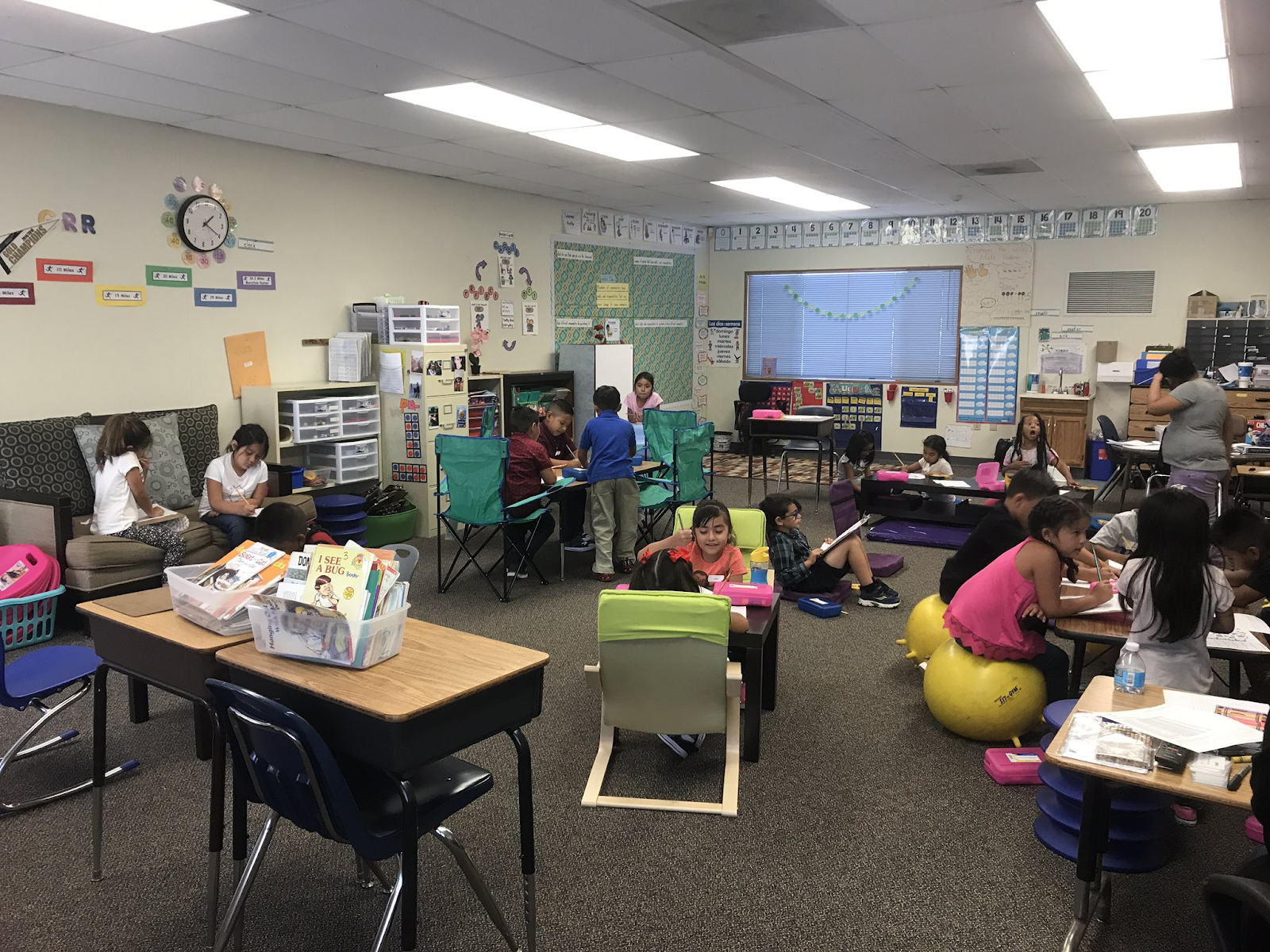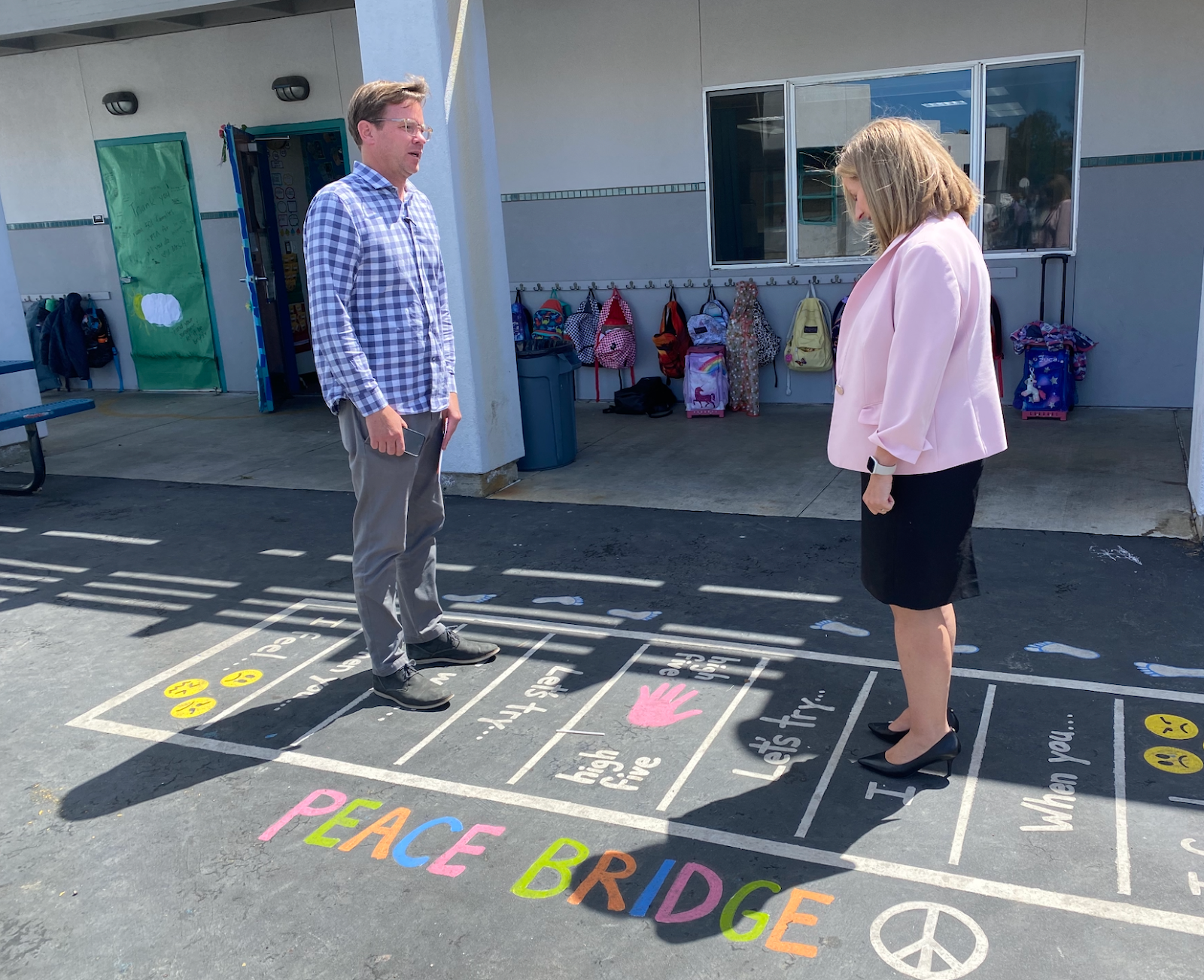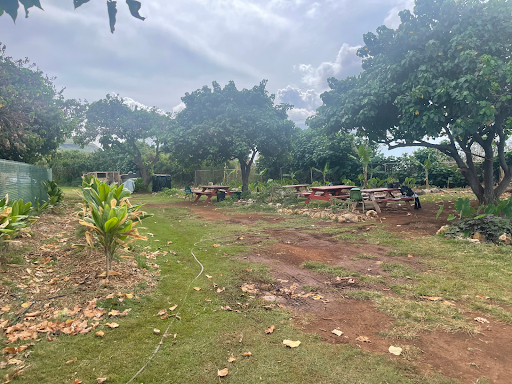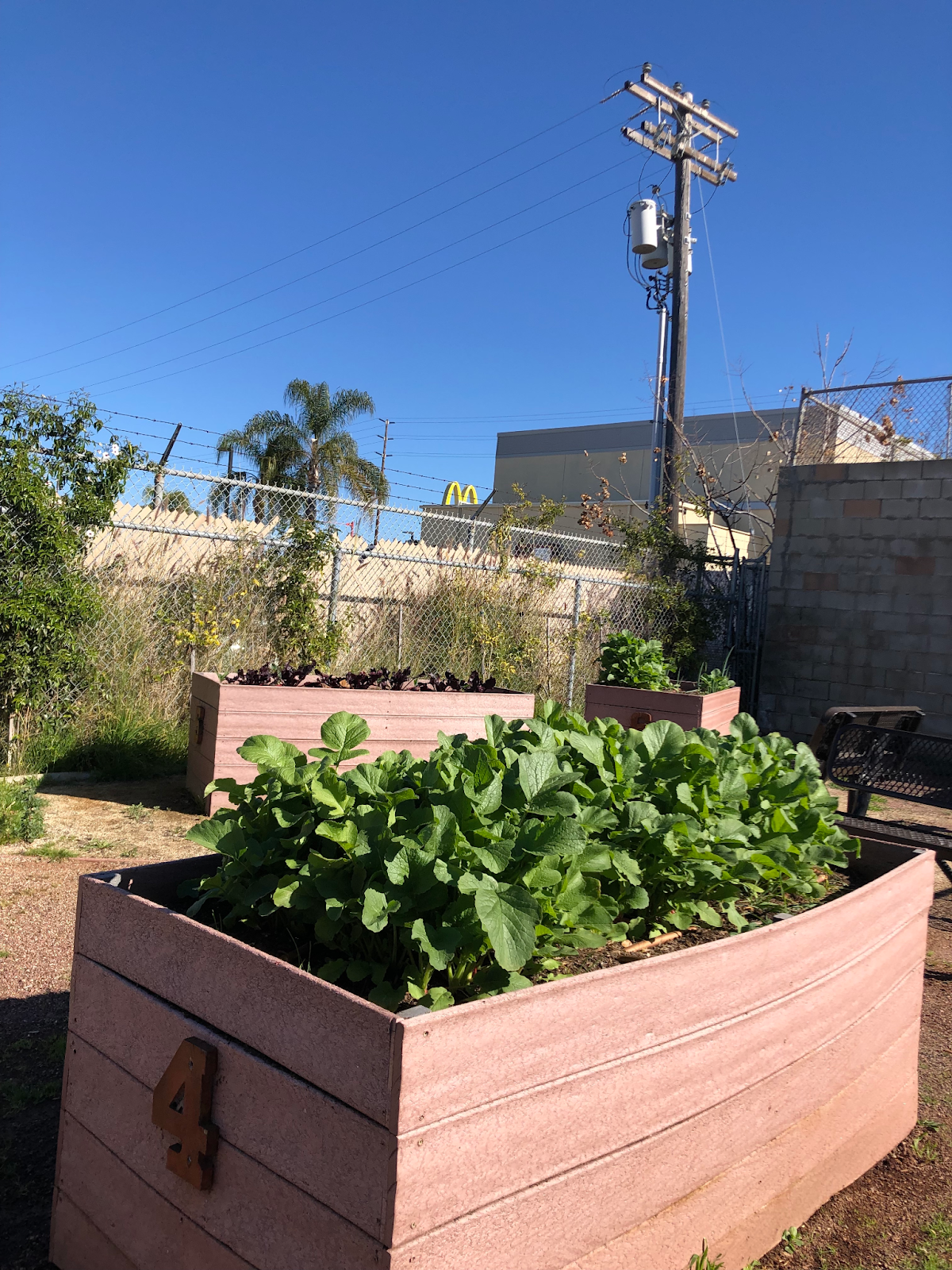Design a Flexible Learning Space
Flexible learning environments are spaces that honor the fact that learning happens both in and outside of the traditional classroom. They also enable opportunities for collaboration and student agency when deciding where and how to learn. A flexible learning environment may be a classroom space set up with desks in a variety of arrangements and flexible or comfortable furniture that allows for choice and variety in seating. However, flexible learning spaces are also about going outside of the box and thinking about learning happening in the school garden or down the street at the park. These spaces can and should be designed with learners so they have ownership over the space and can contribute their voice to what is needed for them to succeed in the learning environment.
Bright Spots
Gain inspiration from authentic examples of this strategy shared by teachers who have used them with their learners.
Creating your own Bright Spots? Let’s get them out into the world! Share yours here.



 Two adults in Encinitas Union School District model using the Peace Bridge – a playground activity that teaches learners conflict resolution and integrates social emotional learning into unstructured times like recess and lunch.
Two adults in Encinitas Union School District model using the Peace Bridge – a playground activity that teaches learners conflict resolution and integrates social emotional learning into unstructured times like recess and lunch. Outdoor learning spaces at Ka Waihona K-8 charter school on O’ahu include gardens, chicken coop, and super kales.
Outdoor learning spaces at Ka Waihona K-8 charter school on O’ahu include gardens, chicken coop, and super kales. Small garden juxtaposed against the urban setting in the National City School District in San Diego County (see the McDonalds arches in the background?!)
Small garden juxtaposed against the urban setting in the National City School District in San Diego County (see the McDonalds arches in the background?!) Students at the Farm Lab in Encinitas Union School District are free to move from indoor to outdoor spaces as they learn. This group is practicing their jingle for their salad dressing recipe as part of their Salad Wars project.
Students at the Farm Lab in Encinitas Union School District are free to move from indoor to outdoor spaces as they learn. This group is practicing their jingle for their salad dressing recipe as part of their Salad Wars project.